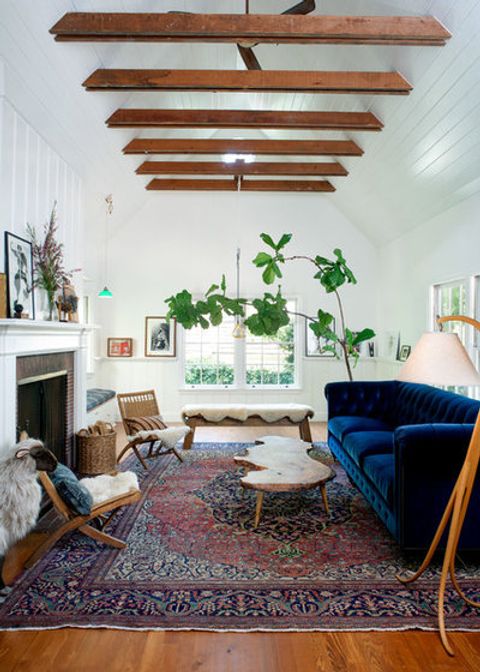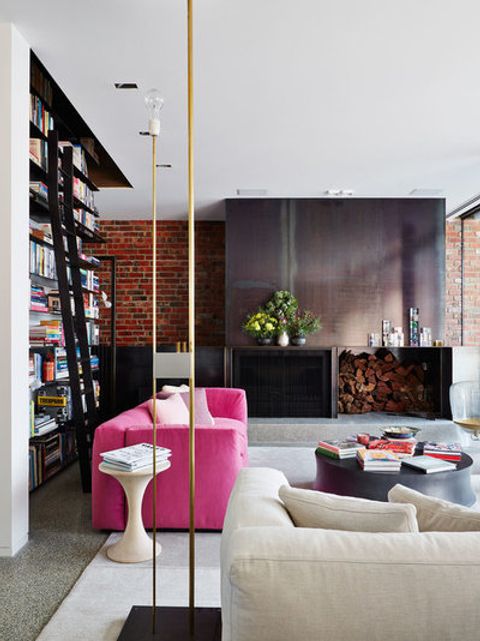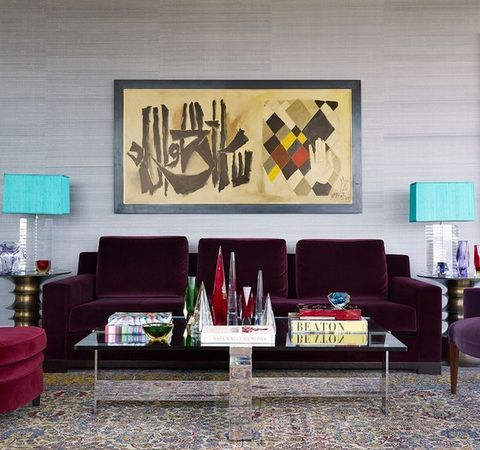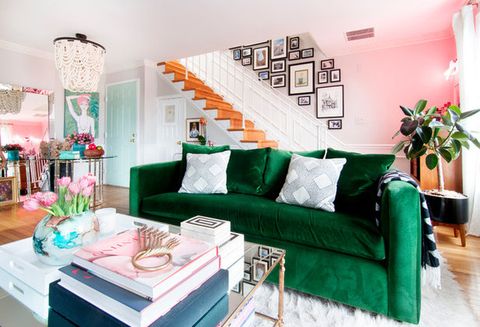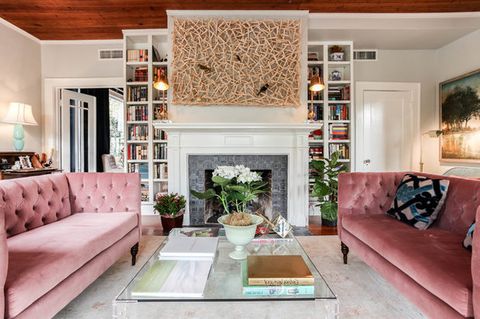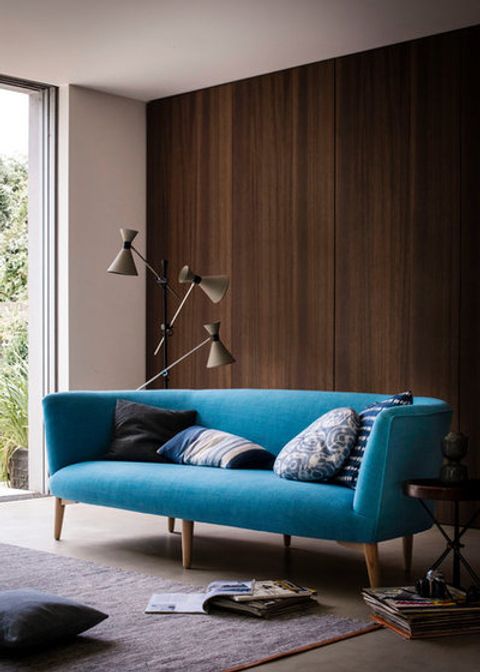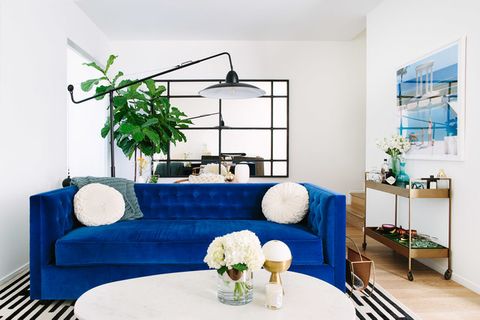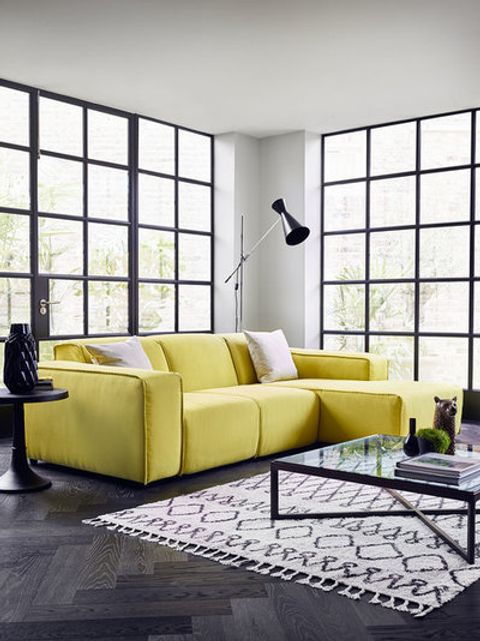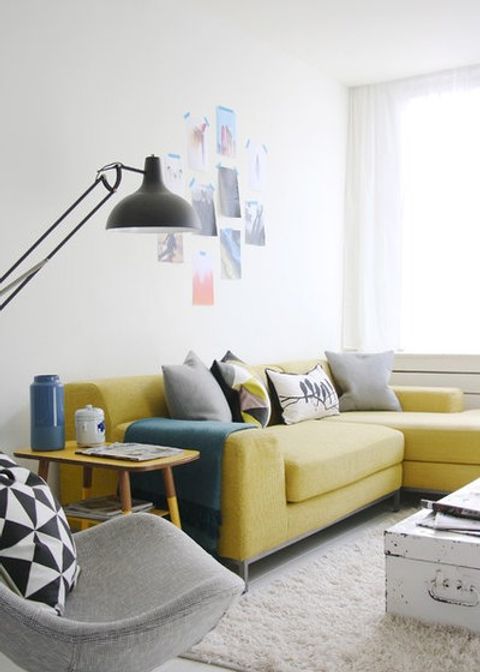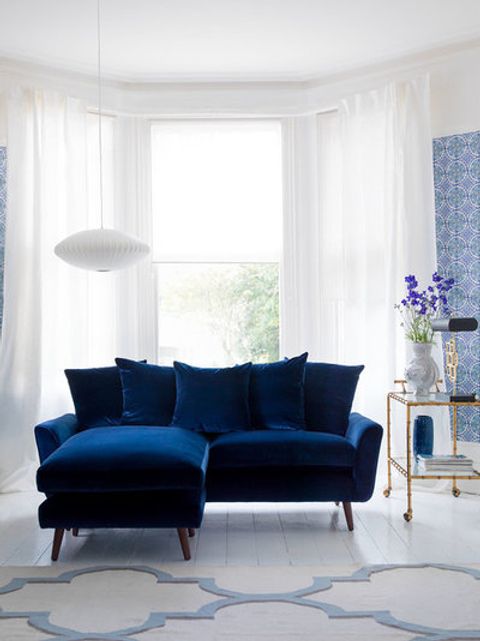Hi everyone, it’s me, and I’m super excited to chat with you today about something I am really passionate about: sustainable interior design. Forget those boring, cookie-cutter homes; we’re talking about crafting spaces that are not only stunning but also good for the planet, and for you. It’s all about making conscious choices, embracing eco-friendly materials, and designing a space that’s both beautiful and responsible. Let’s dive in and discover how you can make your home a haven of sustainability, one design decision at a time. It’s easier than you might think, and the rewards are incredible!
In today’s world, being mindful of our environmental impact is more crucial than ever. Our homes, where we spend a significant portion of our lives, can either contribute to environmental problems or become havens of sustainability. Sustainable interior design is about creating spaces that minimize their ecological footprint. It’s about using resources wisely, reducing waste, and choosing materials and practices that are good for the earth and for your well-being. This isn’t just a trend; it’s a shift towards a more responsible way of living, and it’s something we can all participate in. Think about it like this: every choice you make – from the paint on your walls to the furniture you buy – has an impact. When we choose sustainable options, we’re voting with our dollars for a healthier planet, and a healthier future for all of us. And, honestly, sustainable design can be incredibly beautiful and stylish. Trust me, it’s a win-win.
Choosing Eco-Friendly Materials
One of the cornerstones of sustainable interior design is choosing the right materials. This means looking beyond the surface and considering the entire lifecycle of the products you bring into your home.
- Sustainable Wood: Opt for reclaimed wood, or wood certified by the Forest Stewardship Council (FSC). FSC certification ensures that the wood comes from responsibly managed forests.
- Natural Fabrics: Embrace natural fibers like organic cotton, linen, and hemp for your curtains, upholstery, and bedding. These materials are often grown without the use of harmful pesticides and are biodegradable.
- Low-VOC Paints: Volatile Organic Compounds (VOCs) can be harmful. Choose paints, stains, and finishes that are low or zero-VOC to improve your indoor air quality. You’ll be breathing easier, and your home will be healthier.
- Recycled and Upcycled Materials: Embrace the beauty of reuse! Look for furniture made from recycled materials (like glass or metal) or consider upcycling existing pieces. A little creativity can transform old items into unique treasures.
For example, instead of buying a brand new coffee table, consider refinishing an old one you already have, or find a unique piece made from reclaimed wood. It’s all about making smart choices and being creative.
Energy Efficiency: Lighting and Appliances
Reducing your home’s energy consumption is a significant part of sustainable design. Here are some practical steps:
- LED Lighting: Swap out your old light bulbs for LED bulbs. They use significantly less energy and last much longer. You’ll save money on your electricity bills and reduce your environmental impact.
- Energy-Efficient Appliances: When it’s time to replace appliances, look for the Energy Star label. These appliances are designed to use less energy and water.
- Smart Home Technology: Consider incorporating smart home technology, such as smart thermostats and lighting controls, to optimize energy usage. You can set schedules, monitor your energy consumption, and make adjustments as needed.
- Natural Light: Maximize the use of natural light by strategically positioning mirrors and choosing light-colored walls. This can reduce your reliance on artificial lighting during the day. And, honestly, who doesn’t love a sun-drenched room?
Reducing Waste and Promoting Circularity
Sustainable design also involves minimizing waste and embracing a circular economy. This means keeping materials in use for as long as possible and reducing the amount of stuff that ends up in landfills.
- Buy Less, Choose Well: Before buying anything new, ask yourself if you really need it. Invest in high-quality, durable items that will last for years.
- Repurpose and Reuse: Get creative with repurposing items. An old ladder can become a bookshelf, or vintage suitcases can be used as side tables. The possibilities are endless.
- Reduce Packaging: When shopping, choose products with minimal packaging. Opt for reusable shopping bags and containers.
- Composting: Start a compost bin for your food scraps and yard waste. This reduces landfill waste and creates nutrient-rich soil for your garden.
Think about the life cycle of your possessions. Can you repair them? Can you donate them? Can you sell them? Every decision matters.
Indoor Air Quality: Creating a Healthy Home Environment
Sustainable design isn’t just about the environment; it’s also about your health. Indoor air quality is a vital factor in creating a healthy home.
- Ventilation: Ensure good ventilation by opening windows regularly and using exhaust fans in the kitchen and bathrooms.
- Air Purifiers: Consider using air purifiers with HEPA filters to remove pollutants and allergens from the air.
- Houseplants: Introduce houseplants to purify the air and add a touch of nature to your space. Plants like snake plants, spider plants, and peace lilies are excellent air purifiers.
- Avoid Harsh Chemicals: Choose natural cleaning products and avoid using harsh chemicals that can release harmful VOCs into the air. Think about it: your home should be a sanctuary, not a source of pollution.
Embracing Minimalism and Decluttering
One of the most effective ways to create a sustainable home is to embrace minimalism and declutter regularly. Less stuff means less consumption, less waste, and a more peaceful living space.
- Declutter Regularly: Go through your belongings and get rid of anything you don’t need or use. Donate, sell, or recycle items instead of throwing them away.
- Curate Your Possessions: Choose items that you truly love and that serve a purpose. Avoid impulse buys and unnecessary clutter.
- Create a Functional and Organized Space: A well-organized home is easier to maintain and less likely to accumulate clutter. Use storage solutions to keep things tidy.
- Embrace Simplicity: Focus on quality over quantity. Choose timeless pieces that will last for years, and avoid trendy items that you might tire of quickly. This is a great way to reduce the amount of things you buy.
Practical Tips for Getting Started
Ready to start your sustainable design journey? Here are some easy steps to get you going:
- Start Small: You don’t have to overhaul your entire home overnight. Start with small changes, like swapping out your light bulbs or switching to eco-friendly cleaning products.
- Research and Educate Yourself: Learn about sustainable materials, practices, and brands. There are tons of resources available online and in your local community.
- Set a Budget: Sustainable design doesn’t have to be expensive. Set a budget and prioritize your spending. Look for affordable options and DIY projects.
- Be Patient: Creating a sustainable home is an ongoing process. Don’t be discouraged if you don’t see results immediately. Every step you take makes a difference.
- Find Inspiration: Browse online platforms like Pinterest, and Instagram for inspiration. Follow sustainable design bloggers and interior designers to get new ideas.
Remember, every little bit helps, and the journey is just as important as the destination. And don’t be afraid to ask for help; there are plenty of experts and communities dedicated to sustainable design.
So, there you have it: a glimpse into the world of sustainable interior design. It’s a journey that’s about more than just aesthetics; it’s about making conscious choices that benefit both the planet and our well-being. From choosing eco-friendly materials to reducing waste and improving indoor air quality, there are many ways to create a home that’s kind to the earth. Remember, it’s not about perfection; it’s about progress. Every step you take, no matter how small, makes a difference. Embrace the process, enjoy the journey, and create a home that reflects your values and helps build a more sustainable future. Thanks for joining me today. I hope this information has been helpful and inspiratinal. Now go out there and start designing your dream, sustainable home. You got this!

